- the in-depth article presents how to render a high-quality grid from a shader
- presents what issues occur when rendering lines commonly
- shows how to render anti-aliased lines that are free of these common artifacts
- code is provided for unreal and unity
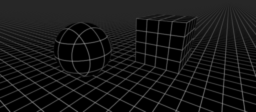
- the article provides an overview of the methods available in UE5 to deal with Pipeline loading
- presents timings to show the effect of lacking PSO pre-loading
- discusses the new methods available and how to use them
- additionally presents what is still missing for a 100% fluent player experience

- the video tutorial shows how to animate a flag using vertex shaders
- step-by-step presents how to develop the effect using Unity and Unreal Engine
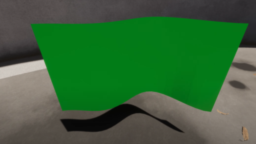
- the paper introduces a method to reduce the amount of rejected rays for tracing rays following a visible normal distribution function (VNDF)
- the unbiased method improves variance for highly rough and low-anisotropy surfaces
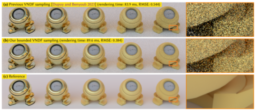
- the article presents the white furnace test
- discusses what the purpose of the test is and provides a real-life example of the behavior
- additionally provides a ShaderToy example of the test and also demonstrates how incorrect sampling can be caught using the test

- the blog post presents how to set up a book with turnable pages
- shows how to create the art assets and shaders to enable the effect
- implementation is shown using unity visual shader graph
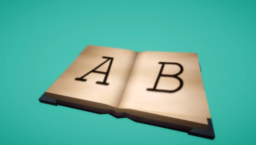
- the article discusses dynamic resolution scaling and its effect on memory usage
- presents findings of texture sizes/formats on Nvidia, AMD, and Intel GPUs

- the article presents three issues with linearly transformed cosine (LTC) Line Lights
- presents an improved routine that reduces the required usage of arc tangent calculations
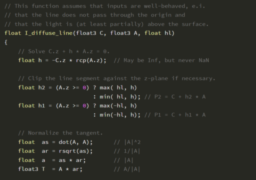
- the blog post introduces the new automatic differentiation feature for the slang shading language
- provides an overview of how it’s integrated into the language
- presents a comparison between tensor and shading languages

- the blog post discusses the implementation of WebGPU into the sokol-gfx library
- shows what issues had to be solved and how the author resolved them

- the article provides an overview of the tesselation pipeline
- explains how it fits into the rendering pipeline and what possibilities it enabled
- presents how to render cubic bezier splies using tesselation
- implementation is shown using OpenGL
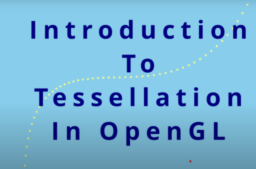
Thanks to Warren Moore for support of this series.
Would you like to see your name here too? Become a Patreon of this series.